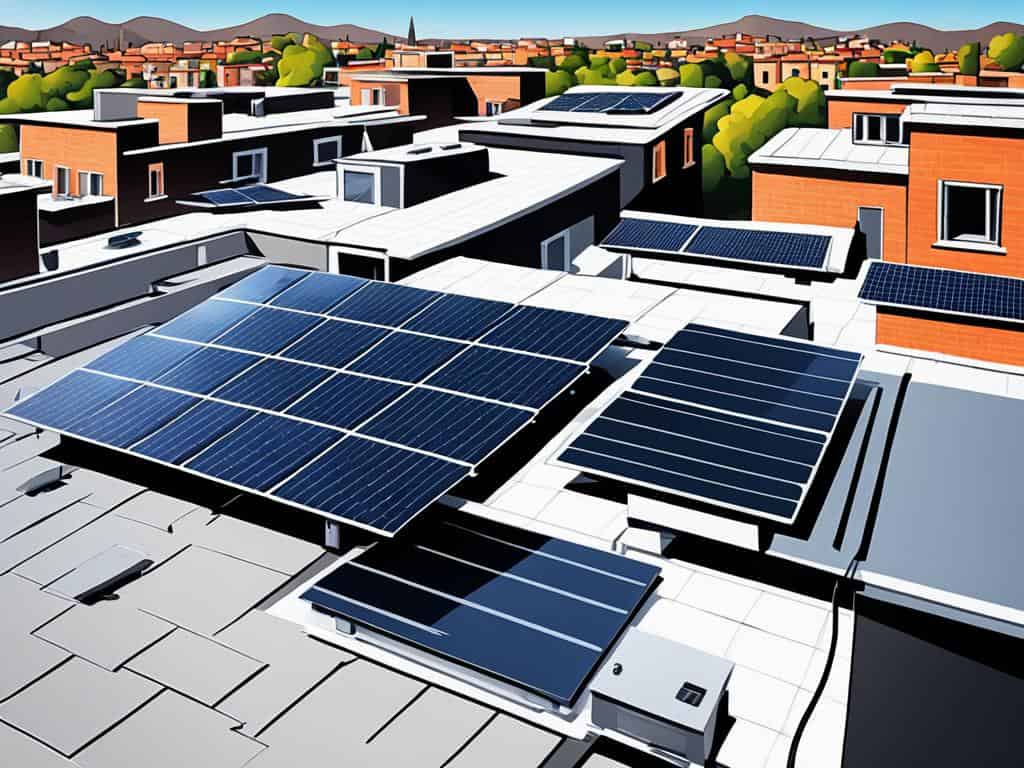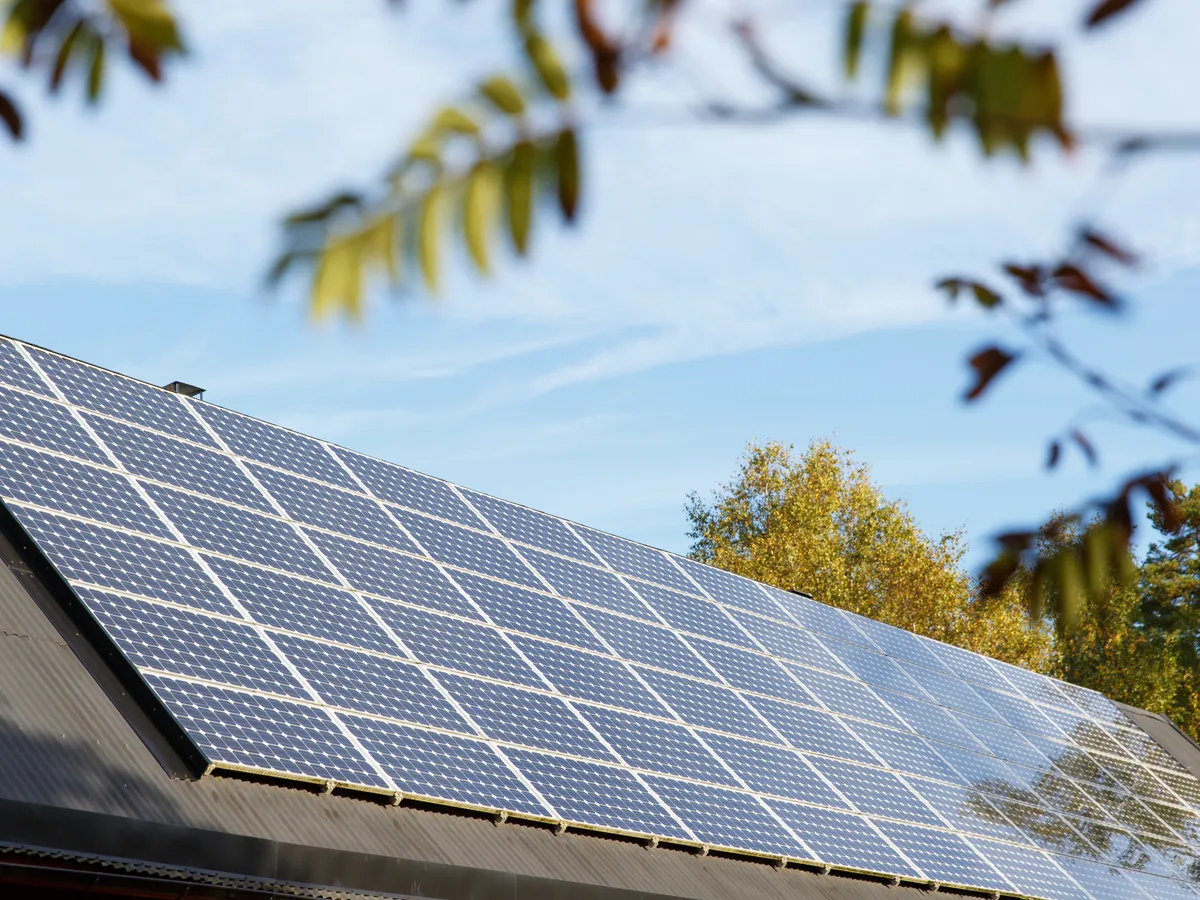The efficiency of monocrystalline solar modules is enabled by high-purity feedstocks and a defect-free crystal structure, with carrier mobility reaching 1350 cm²/Vs. Moreover, the application of PERC and HIT technologies allows laboratory conversion efficiencies to reach 26%, while reflection and recombination losses of light are further reduced, increasing power output.
High Purity and Electronic Properties
Monocrystalline solar modules have high photoelectric conversion efficiency mainly because the material adopted has very high purity and excellent electronic properties. Monocrystalline silicon is prepared from highly purified silicon material using methods such as the Czochralski (CZ) or Float-Zone (FZ) methods. These highly purified materials ensure very minimal impurities and grain boundaries inside the crystal, leading to a much-reduced recombination rate of electrons and holes inside the material, thus increasing current output capability.
Studies show that impurity content is generally controlled at the parts-per-million (ppm) level. High purity provides two important advantages: it reduces lattice defects, which in turn improves carriers' mobility (electrons and holes). The carrier mobility of monocrystalline silicon is about 1350 cm²/Vs, while the mobility of polycrystalline silicon is only around 300-600 cm²/Vs. This means that, under the same light conditions, monocrystalline silicon will convert light energy into electrical energy with higher efficiency.
The bandgap of monocrystalline silicon is about 1.1 eV, which largely matches the energy distribution of the solar spectrum, particularly in the near-infrared and visible light photon energy range, where effective absorption can occur and turn into current. By comparison, the bandgap for polycrystalline silicon and thin-film cells is either too large or too small, reducing the conversion efficiency of the cell as a whole. In theory, the highest possible conversion efficiency for monocrystalline silicon is 33.7%, a value known as the Shockley–Queisser limit. In practice, high-performance monocrystalline cells have reached almost 26% efficiency even in lab conditions, such as the 26.1% records from Longi Green Energy and Jinko Solar, further demonstrating the advantages of the monocrystalline material in electronic properties.
Optimized Cell Structure Design
The high efficiency of monocrystalline solar modules depends not only on the material but also on the structure. By designing the cell surface, back, and internal structure, the incidence of optical loss can be greatly reduced, thus promoting photoelectric conversion efficiency.
Monocrystalline silicon solar cells use a finely textured design on the surface. The typical morphology of this texture is in the form of microscopic inverted pyramids, which reduce the reflectivity of light from about 30% in untextured cells to less than 5%. Experimental results show that, compared with flat cells, the reflectivity of textured monocrystalline cells can be reduced from around 30% to less than 5%. Decreased reflectivity enables more photons to enter the cell and produce photo-generated electrons, thus improving efficiency.
For the rear structure, PERC technology is typically used in monocrystalline cells. PERC technology adds a passivation layer and reflective layer on the back of the cell, effectively reducing the contact between photo-generated electrons and the back, thereby reducing recombination losses. Meanwhile, unabsorbed photons at the front surface are reflected back into the cell for secondary absorption, further improving its photoelectric conversion efficiency. The efficiency of PERC-treated monocrystalline cells is around 1% higher than that of traditional processes, which means the same area of monocrystalline cells can generate about 5-7% more electricity in large-scale photovoltaic plants compared to traditional cells.
Furthermore, in recent years, the integrated internal structure of monocrystalline cells has also incorporated HIT technology. This technology deposits an ultra-thin intrinsic amorphous silicon layer (a-Si:H) and passivation layer on both sides of the n-type monocrystalline silicon substrate, forming a low-defect heterojunction structure. This structure effectively reduces surface recombination, improves Voc and FF, and further boosts cell efficiency to 24-25%. Monocrystalline HIT solar cells perform exceptionally well under low-light conditions, producing 5-10% more power compared to conventional solar cells, making them suitable for areas where daylight is not uniform or for high-latitude regions.
Manufacturing Process Improvements
Monocrystalline solar module efficiency is heavily influenced by the manufacturing process. Over the past few years, steady optimization in slicing, doping, and deposition processes has substantially improved the overall performance of monocrystalline cells.
In wafer production, traditional slicing techniques typically result in significant material waste, especially the sawdust formed during the slicing of silicon material. Modern diamond wire cutting technology reduces the thickness of silicon wafers to below 150μm, greatly reducing material waste while maintaining the mechanical strength of the cells. Consequently, wafer utilization has increased by more than 15%, and manufacturing costs have been simultaneously reduced.
In the cell manufacturing phase, Lightly Doped Emitters (LDE) and Selective Emitter (SE) technologies enable a more uniform doping distribution within the cell, thereby reducing resistance losses during current conduction. Compared to traditional doping processes, LDE technology can control the surface doping concentration of the cell to below 1E19/cm³ while keeping the junction depth under 200nm. This precise doping control increases the open-circuit voltage of the cell by approximately 15mV and advances conversion efficiency by about 0.5%.
In the thin-film deposition process, the recent widespread application of PECVD and ALD technologies has significantly improved the thickness and uniformity of the passivation and anti-reflective layers on monocrystalline cells. The PECVD process can deposit high-quality SiNx passivation layers at low temperatures, which not only effectively reduces surface recombination velocity (SRV) but also has excellent anti-reflective effects, reducing the reflectivity of the cell surface to below 3%. These process improvements have directly increased the mass production efficiency of monocrystalline cells from about 20% to over 22%, with some products achieving up to 23% conversion efficiency.
Environmental Adaptability
In addition to high efficiency, monocrystalline solar modules outperform other types of solar cells in adaptability to environmental conditions. First, monocrystalline cells have a low temperature coefficient, which indicates how the efficiency of a cell changes with temperature, expressed as %/℃. Monocrystalline cells have a temperature coefficient of about -0.35%/℃, meaning that when the temperature increases by 1℃, the efficiency drops by only 0.35%. In contrast, the temperature coefficient of polycrystalline cells is around -0.45%/℃, and for thin-film cells, the rate is over -0.5%. This low temperature coefficient allows monocrystalline cells to maintain high power output in high-temperature environments, making them particularly suitable for deserts, tropical regions, and other high-temperature areas.
Monocrystalline cells also perform exceptionally well under low-light conditions. Thanks to their excellent light absorption characteristics and wide spectral response range of 300-1100nm, monocrystalline cells maintain high power output under poor lighting conditions, such as cloudy days, dawn and dusk, or northern regions. Experimental data confirm that under low-light conditions, monocrystalline cells can achieve more than 75% of their nominal efficiency, while under the same conditions, polycrystalline cells usually achieve less than 60% efficiency.
Monocrystalline materials also have better LID and UV stability compared to polycrystalline and thin-film cells. Normally, the light-induced degradation rate for monocrystalline materials is controlled below 1%, while for polycrystalline materials, it is about 3%. This means that monocrystalline cells achieve more stable performance under prolonged exposure to strong light and have a longer service life. Thus, when used outdoors for a long period, the power generation of monocrystalline cells will be stronger than that of polycrystalline ones.



